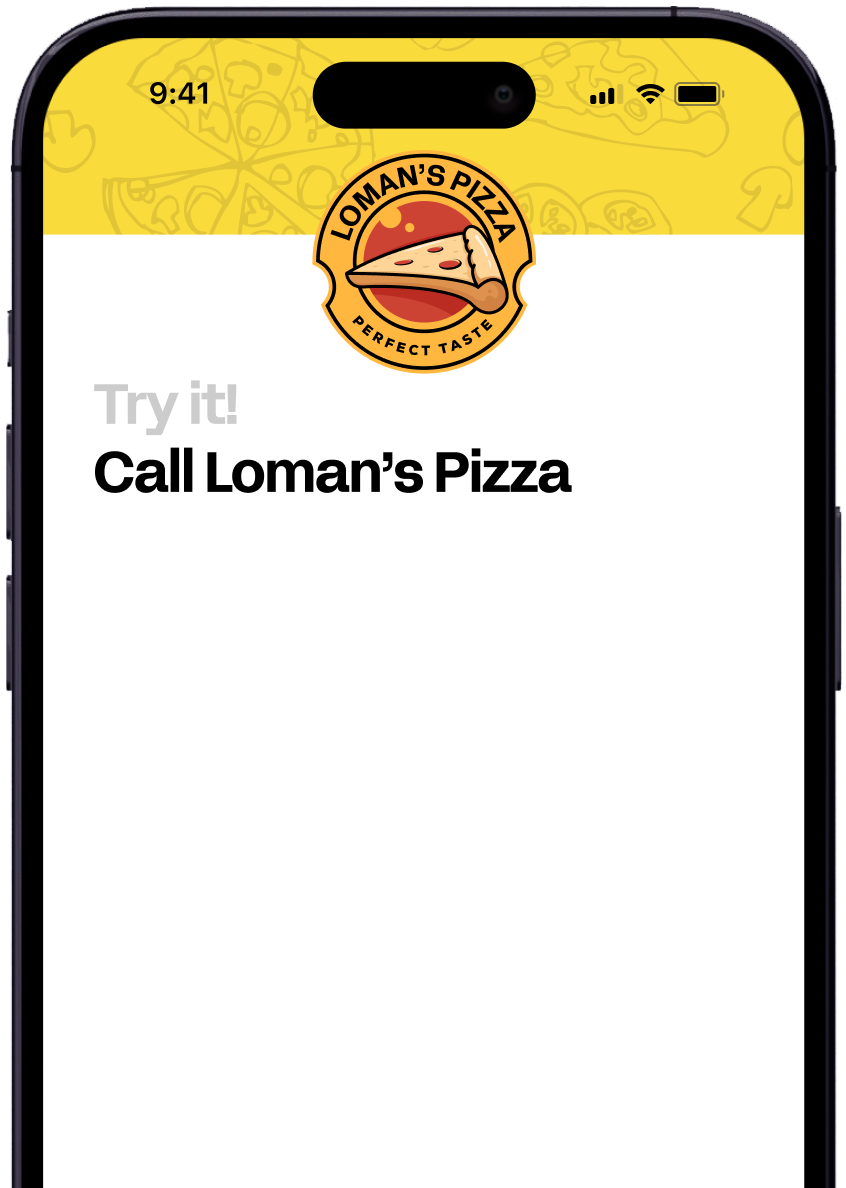February 13, 2025

Did you know that over 20% of the U.S. population speaks a language other than English at home? This linguistic diversity presents both challenges and opportunities for restaurants aiming to provide top-notch service to all customers. Enter multilingual restaurant phone systems - a game-changing solution that's transforming how eateries communicate with their diverse clientele.
Multilingual capabilities in restaurant communication systems are no longer a luxury - they're becoming a necessity. As our communities grow more diverse, restaurants need to adapt to serve customers in their preferred languages. This is where AI-powered solutions like Loman.ai come into play, offering seamless multilingual support for phone orders, reservations, and inquiries.
When a restaurant can communicate with customers in their native tongue, it creates an instant connection. This personal touch can significantly impact customer satisfaction and loyalty. Let's explore some key benefits of implementing a multilingual restaurant phone system:
These benefits directly contribute to a restaurant's bottom line by increasing customer satisfaction, repeat business, and positive word-of-mouth referrals.
Traditional multilingual support often requires hiring and managing a diverse, multilingual staff - a challenge for many restaurants. This is where AI restaurant customer service solutions shine. Advanced AI systems like Loman.ai can handle customer interactions in multiple languages without the need for additional human resources.
These AI-powered systems offer several advantages:
By leveraging AI for multilingual support, restaurants can provide a superior customer experience while optimizing their operations.
Understanding the benefits of multilingual systems goes beyond just practical applications. There's fascinating science behind the power of communicating in multiple languages. Let's take a closer look:
As this video illustrates, being bilingual or multilingual has cognitive benefits that extend far beyond just communication. For restaurants, this means that investing in multilingual systems not only improves customer service but also potentially enhances the cognitive abilities of staff members who interact with these systems regularly.
While the benefits of multilingual restaurant phone systems are clear, implementation requires careful planning. Here are some best practices to consider:
By following these guidelines, restaurants can successfully implement multilingual systems that truly enhance the customer experience.
The impact of multilingual restaurant phone systems extends beyond just improved communication. Let's look at some real-world benefits:
These tangible benefits demonstrate why more and more restaurants are investing in multilingual AI solutions like Loman.ai.
As technology continues to advance, we can expect even more sophisticated multilingual solutions for restaurants. Future systems might incorporate:
While these technologies may seem futuristic, the foundation is being laid today with current AI-powered multilingual systems.
As this video shows, multilingual systems are already making a significant impact in various industries. The restaurant sector is poised to benefit greatly from these advancements.
Multilingual restaurant phone systems, particularly AI-powered solutions like Loman.ai, are transforming how restaurants communicate with their diverse customer base. By breaking down language barriers, these systems improve order accuracy, enhance customer satisfaction, and ultimately drive business growth.
As the restaurant industry continues to evolve, embracing multilingual capabilities will become increasingly important. Restaurants that invest in these technologies now are positioning themselves for success in an increasingly diverse and globalized world.
By leveraging AI-powered multilingual systems, restaurants can provide superior customer service, expand their customer base, and stay ahead in a competitive market. As we've seen, the benefits extend far beyond just language translation - they touch every aspect of a restaurant's operations and customer relationships.

Enter your information in the form to receive a call from Loman and place an order like a customer would!